The coveted creative class is in search of neighborhoods and communities with lots of character. Why are such places so hard to find? Maybe it is because we are trying too hard.

There is a great Facebook page titled Dirty Old 1970s New York City that self-identifies as “The official page of the dirty, old, affordable, real, honest, gritty, rough and tough New York City of the 1970s.” It is essentially a visual ode to the unglamorous and mostly forgotten urban landscape that existed in that city before yuppies and Rudy Giuliani started making it all rich and clean. Some will argue that the grainy photographs posted to the page reflect the “real” New York a lot more than the shiny new skyscrapers, glorious parks and relatively safe and pristine sidewalks we see out there today. This romanticized view of that specific time and place has made New York City neighborhoods like the East Village and Fort Greene symbols of all that is being lost to gentrification.
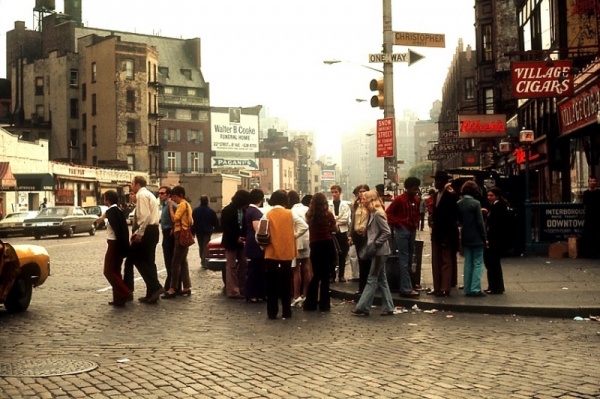
New York is obviously not the only city dealing with these types of issues, which go way beyond losing Mom and Pop storefronts to Starbucks and Duane Reade. The news is not all negative, though. Regularly cited data continue to show people moving back into urban cores, and cities of all sizes and in all regions are trying to figure how to attract them. Examples from different cities show that people – young adults in particular – want to live in communities with distinctive character; the anywhere and everywhere places built across suburbia through the 1990s don’t cut it as much anymore. Gritty places, it seems, are cool.
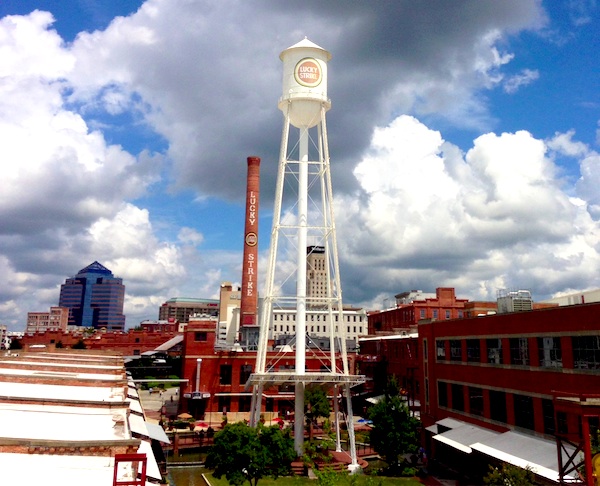
Durham, NC, where I live, is a good example of this. It is a former tobacco town and player in the region’s Research Triangle Park, with a downtown full of historic architectural character and a lot of highly educated and creative people. It also has a longstanding and partially deserved reputation for having dangerous neighborhoods, bad schools, and a problem with poverty. The fact that it is a bit rougher than neighboring cities Chapel Hill, Cary and Raleigh has never been in question. Whether that is a good or bad thing, however, depends on who you ask. Durham locals cherish the city's rich diversity, thriving food culture, arts-oriented eclecticism and vibrant energy – elements that apparently also appeal to those in the coveted creative class judging by how many of them have been pouring into town in search of an authenticity of place that is increasingly hard to find.
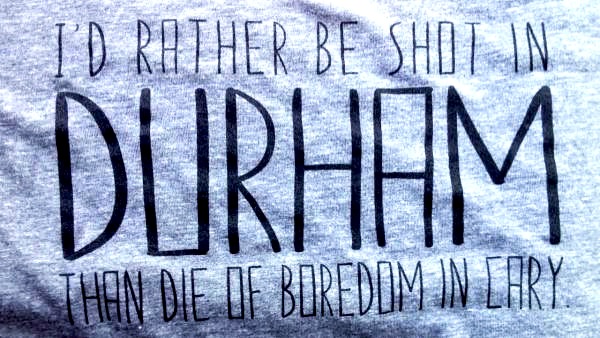
Durham’s downtown started changing fast once the booming regional economy lured developers to restore and repurpose the gorgeous old tobacco warehouses into apartments, offices and retail in the early 2000s. This is a familiar story by now, as remnants of industrial urban pasts are being transformed into contemporary successes all over the place. The part of Durham’s renaissance I find most interesting is not the high-end developer work, however, which was pretty easy to predict; it is the small-scale, organic revitalization that has occurred in a quirky, long-forgotten neighborhood just north of downtown, next to the baseball stadium at the heart of the film, “Bull Durham.”
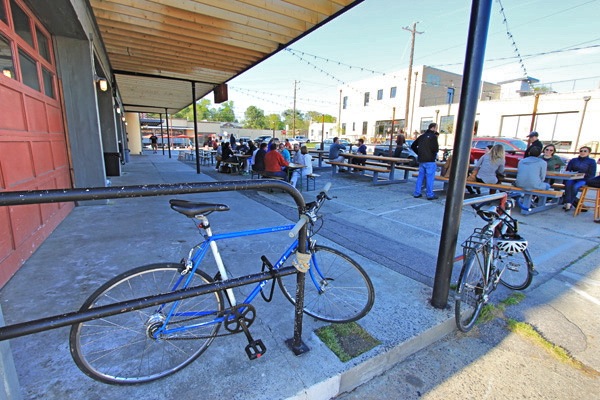
The small area, which has regrettably been tagged “NoCo” (North of Corporation), is part of a transitional zone between downtown and surrounding residential neighborhoods. It has an eclectic mix of buildings and warehouses united only by geography. Besides a venerable garden supply store, there had not been many successful businesses in the area in recent years. This all changed in 2010 with the opening of two vanguard endeavors: Fullsteam Brewery, which opened in an Art Deco former 7UP bottling plant, and the hip music venue Motorco, located across the street in an old modernist car dealership. Their immediate success created a momentum that led to the opening of several restaurants, bars, artist studios, a coffee shop, hair salon and other eclectic offerings. Now the neighborhood is regularly packed with food trucks and Duke University students mingling with hipsters, young families and other locals who appreciate its lack of polish and don’t care that there are none of the perfectly paved sidewalks or matching site furniture you find in most downtown redevelopments these days.
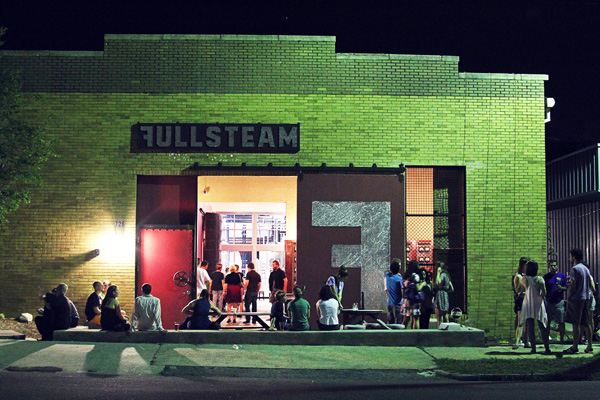
Even though Durham planners don’t get much credit for the success of NoCo since it seems as if it developed by accident (it has also become known as the “DIY District”), their foresight to add the core of the neighborhood to its existing design district right before Fullsteam and Motorco opened has helped it to evolve carefully. The new zoning encourages a diversity of uses and favors pedestrians by getting rid of cumbersome parking requirements. The rules for development are flexible enough to keep things from getting generic, but also have enough teeth to keep out developers with plans that would change the character of the neighborhood filled with mainly one-story buildings.
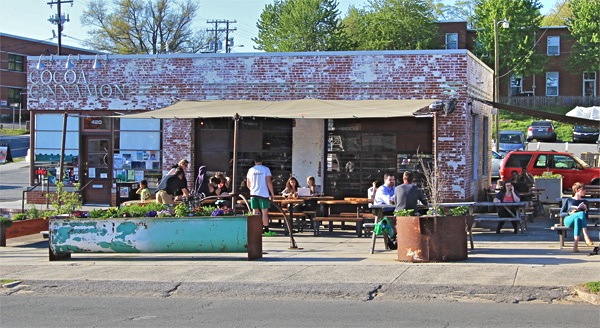
For me, this neighborhood transformation perfectly embodies Durham’s scrappy personality. From a broader perspective, it reflects what I see as a movement. People want to be in places they care about, and seem eager to push back against the grating habit we have of over-designing and over-planning everything in a well-intentioned effort to control what we think places are supposed to look like. Perhaps cities are seeing this too, and are ready to just let things happen a little. And this is good.
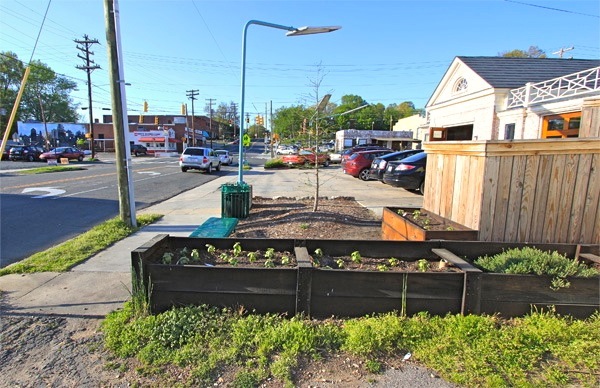
Don’t get me wrong – I love designed landscapes; but I also value places that are rooted in community and allowed to be whatever they are, without the pretense of design guidelines, prescriptive standards and the like. So what if a sidewalk is a little crumbled and there is some barbed wire atop a fence here or there. It’s called real life. We all know the broken window theory, but need to stop overcompensating against it all the time. Gritty can be good in places. And just like with 1970s New York City, there’s nothing wrong with a little bit of dirty.

Planetizen Federal Action Tracker
A weekly monitor of how Trump’s orders and actions are impacting planners and planning in America.

Chicago’s Ghost Rails
Just beneath the surface of the modern city lie the remnants of its expansive early 20th-century streetcar system.

Amtrak Cutting Jobs, Funding to High-Speed Rail
The agency plans to cut 10 percent of its workforce and has confirmed it will not fund new high-speed rail projects.

Ohio Forces Data Centers to Prepay for Power
Utilities are calling on states to hold data center operators responsible for new energy demands to prevent leaving consumers on the hook for their bills.

MARTA CEO Steps Down Amid Citizenship Concerns
MARTA’s board announced Thursday that its chief, who is from Canada, is resigning due to questions about his immigration status.

Silicon Valley ‘Bike Superhighway’ Awarded $14M State Grant
A Caltrans grant brings the 10-mile Central Bikeway project connecting Santa Clara and East San Jose closer to fruition.
Urban Design for Planners 1: Software Tools
This six-course series explores essential urban design concepts using open source software and equips planners with the tools they need to participate fully in the urban design process.
Planning for Universal Design
Learn the tools for implementing Universal Design in planning regulations.
Caltrans
City of Fort Worth
Mpact (founded as Rail~Volution)
City of Camden Redevelopment Agency
City of Astoria
City of Portland
City of Laramie






























